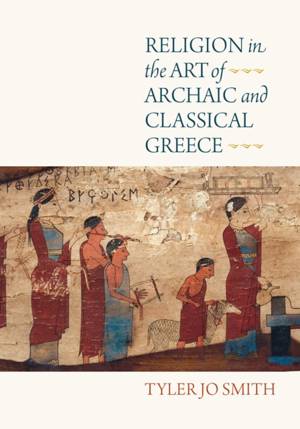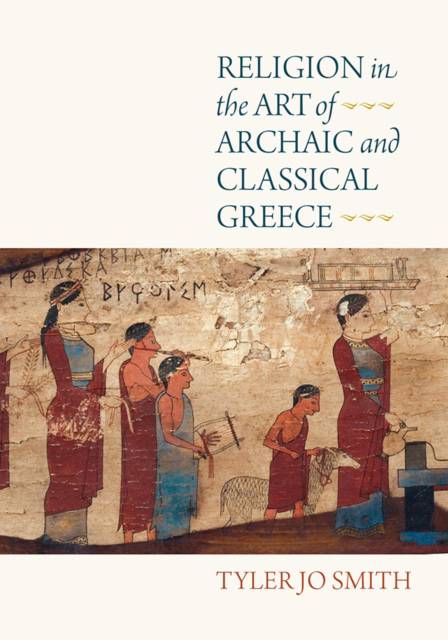
- Retrait gratuit dans votre magasin Club
- 7.000.000 titres dans notre catalogue
- Payer en toute sécurité
- Toujours un magasin près de chez vous
- Retrait gratuit dans votre magasin Club
- 7.000.000 titres dans notre catalogue
- Payer en toute sécurité
- Toujours un magasin près de chez vous
103,45 €
+ 206 points
Description
Art and religion are both well-attested and much-studied aspects of ancient Greek life, yet their relationship is not perfectly understood. Religion in the Art of Archaic and Classical Greece presents an important rethinking of these two categories. The book examines not only how and where religious activity is presented visually at particular moments and in certain forms, but also what objects and images can tell us about the experiences and impressions of Greek religion. Through an exploration of portable or relatively small-scale art forms--vases, figurines, gems, plaques--Tyler Jo Smith focuses on the visual and material evidence for religious life and customs in Archaic and Classical Greece (sixth to fourth centuries BC).
The book introduces its readers to categories of religious practice (e.g., sacrifices, votive offerings, funerals), to the pertinent artistic evidence for them, and to a range of scholarly approaches. Smith combines the study of iconography and the examination of material objects with theoretical perspectives on ritual and performance. When given visual form, religion holds much in common with other ancient Greek modes of artistic expression, including dance and drama. Religion is viewed here as a dynamic performative act, as an expression of connectivity, and as a mechanism of communication. While the complexities of Greek religion cannot be discerned through the visual or material record alone, Religion in the Art of Archaic and Classical Greece frames a more nuanced reading of the artistic evidence than has been previously available. Richly illustrated with 216 halftones and sixteen color plates of mostly small-scale objects, the book is much more than a gathering of images and information in a single place. Taken as a whole, it argues for a visual and material tradition that is intended to express the ritualized practices and shared attitudes of religious life, a story that large public works alone are simply never going to tell.Spécifications
Parties prenantes
- Auteur(s) :
- Editeur:
Contenu
- Nombre de pages :
- 476
- Langue:
- Anglais
Caractéristiques
- EAN:
- 9780812252811
- Date de parution :
- 18-06-21
- Format:
- Livre relié
- Format numérique:
- Genaaid
- Dimensions :
- 178 mm x 259 mm
- Poids :
- 1179 g







